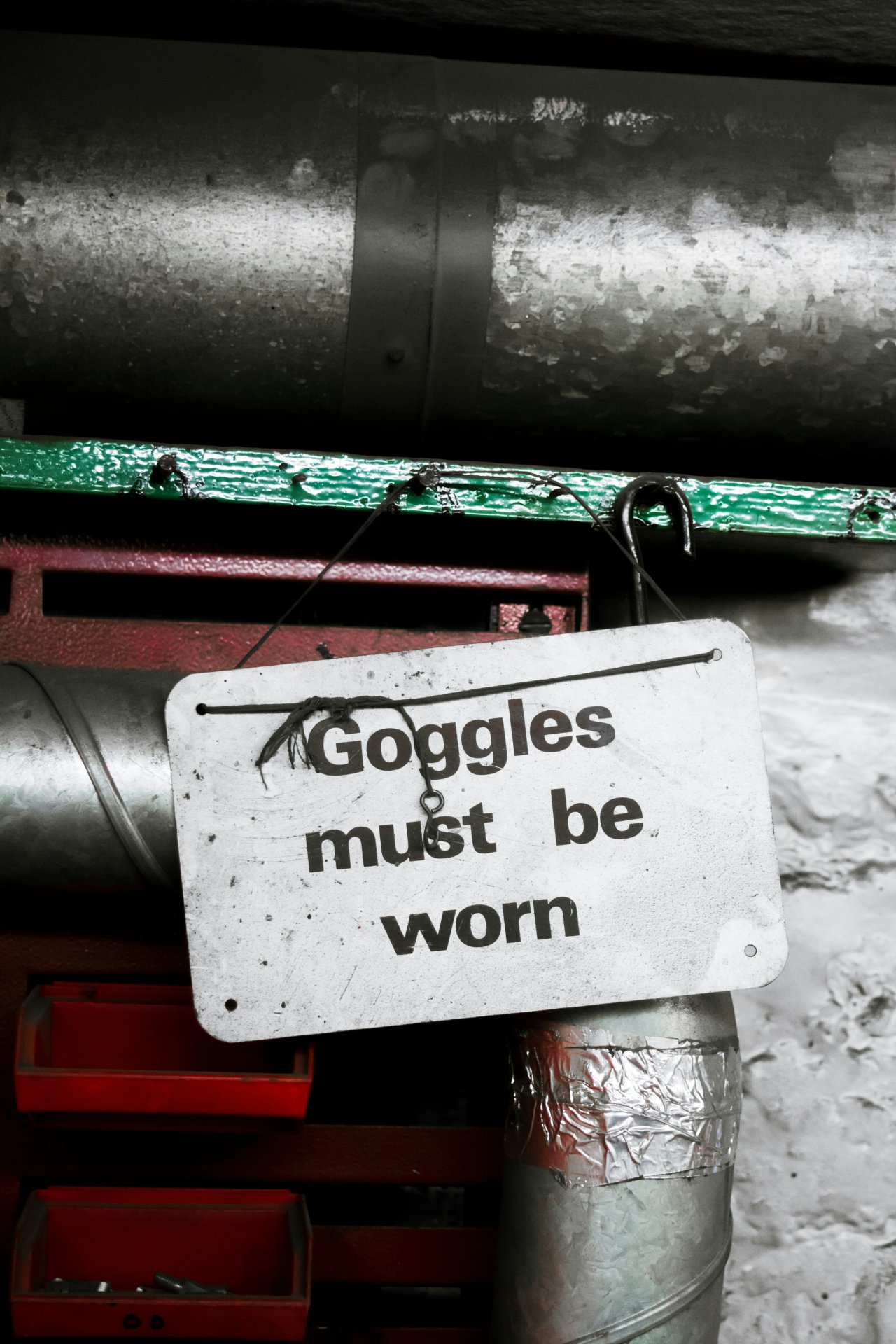In today’s fast-paced and ever-evolving workplace, health and safety training is not just a legal requirement but a moral imperative. The recent statistics from WorkSafe New Zealand paint a sobering picture: in 2023 alone, there were 37 work-related fatalities and countless incidents resulting in significant injuries and illnesses. These alarming numbers underscore the critical need for effective health and safety training in all organisations.
Making Health and Safety Training Engaging
One of the biggest challenges with health and safety training is making it engaging and relevant. Traditional training methods often rely on dry, monotonous presentations that fail to capture the learners’ attention. However, by incorporating interactive elements and storytelling, we can transform these sessions into dynamic learning experiences.
Interactive modules, quizzes, and real-life scenarios can significantly enhance engagement. When learners are actively involved in the training process, they are more likely to retain information and apply it in real-life situations. Storytelling, especially when it includes real incidents, can make the training more relatable and impactful. Sharing stories of actual workplace accidents and near-misses can drive home the importance of safety measures far more effectively than statistics alone.
Using Filmed or Photographed Scenarios
To further boost engagement, organisations should consider using filmed or photographed scenarios from their own workplaces. Generic training materials can often feel disconnected from the learners’ reality. By capturing scenarios within the actual work environment, the training becomes more relevant and directly applicable.
For instance, demonstrating proper safety protocols in familiar settings—such as an office, factory, or construction site—helps employees visualise the application of these protocols in their daily tasks. This approach not only increases engagement but also reinforces the practical relevance of the training, making it more memorable and effective.
Engagement Equals Lives Saved
Ultimately, health and safety training is not just about compliance; it’s about creating a culture of safety that protects every member of the organisation, and health and safety training can only save lives if people engage with it. Passive participation does not lead to the behavioural changes necessary to improve workplace safety. It is crucial that organisations invest in training programs that not only impart knowledge but also inspire a commitment to safety.
At Pipi Learning, we understand the importance of creating inclusive, engaging, and effective learning experiences. Our approach to health and safety training is designed to ensure that every member of your organisation is equipped with the skills and knowledge to stay safe. By embracing online learning, we offer flexible, interactive, and highly relevant training that meets the diverse needs of today’s workforce.
